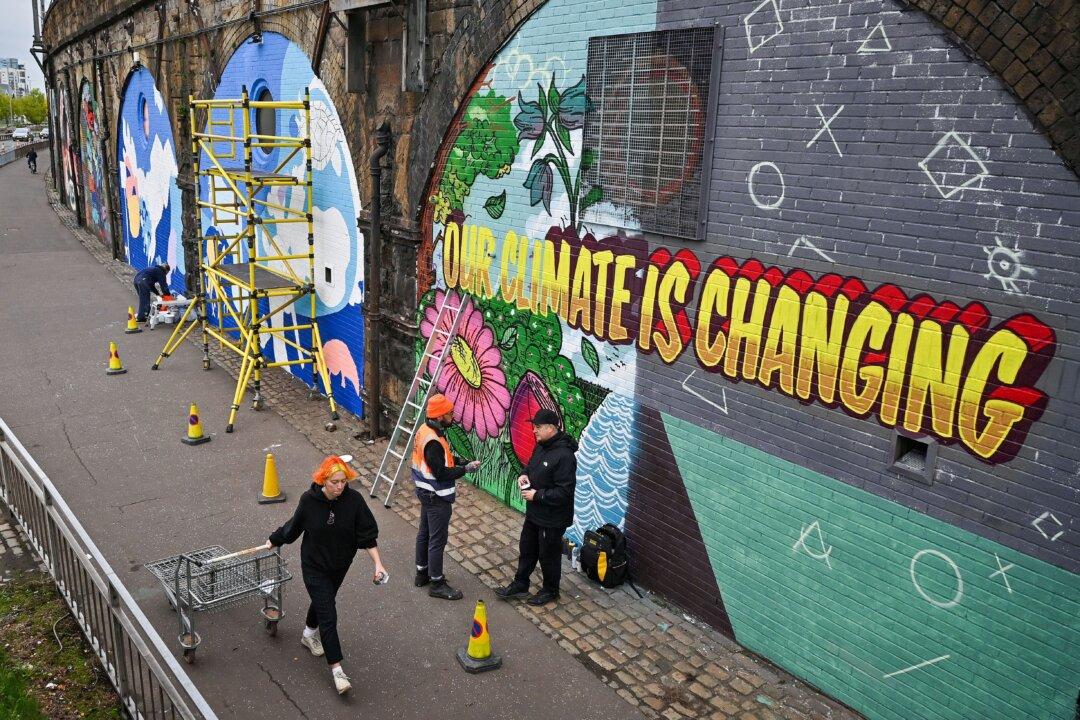Commentary
In the 1996 award-winning film “Jerry McGuire,” pro football player Rod Tidwell had a single demand of his agent: “Show me the money!”

In the 1996 award-winning film “Jerry McGuire,” pro football player Rod Tidwell had a single demand of his agent: “Show me the money!”